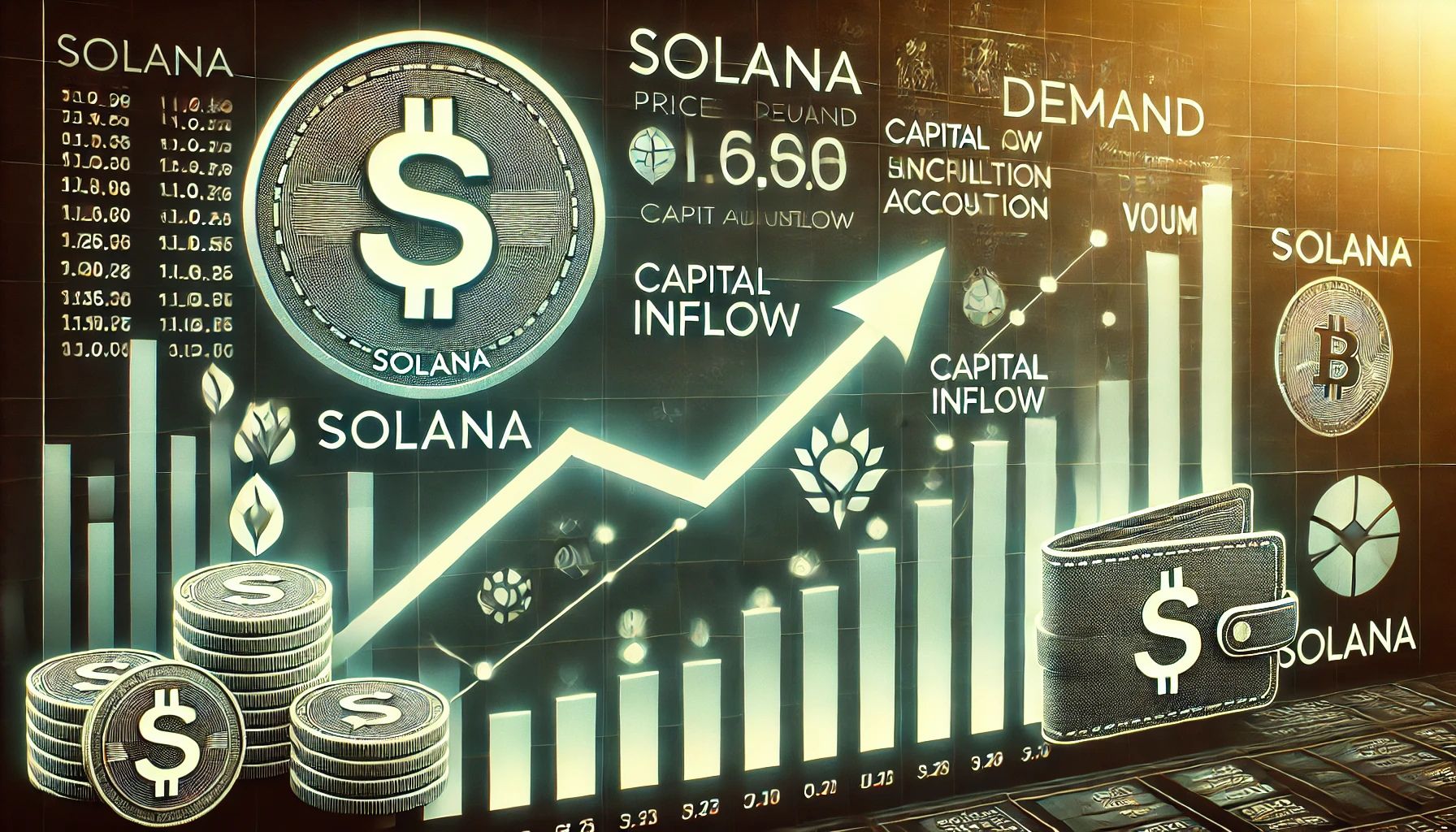
Stablecoins: A Journey Through History, Current Status, and Future Prospects
The latest edition of the Crypto for Advisor newsletter is coming to you from Consensus Toronto, where the atmosphere is electric as prominent figures in digital assets, policymakers, and influential leaders convene to discuss various topics including bitcoin, blockchain, regulation, and AI.
If you’re at Consensus, stop by the CoinDesk booth, #2513. For those looking to contribute to this newsletter, Kim Klemballa will be present at the booth today, May 15, from 3-5 pm EST. Alternatively, feel free to respond directly to this email.
In this issue of Crypto for Advisors, Harvey Li from Tokenization Insights provides insights into stablecoins, detailing their origins and the evolution they have undergone.
Additionally, Trevor Koverko from Sapien responds to inquiries regarding the current landscape of stablecoin regulations and their adoption, particularly in light of new regulations in Europe, in the Ask an Expert segment.
We appreciate this week’s newsletter sponsor, Grayscale. For financial advisors located near Chicago, Grayscale is hosting a special event, Crypto Connect, on Thursday, May 22. More information can be found at their event page.
– Sarah Morton
Stablecoins – Past, Present and Future
When major financial institutions, including Citi, Standard Chartered, and McKinsey, converge around a previously niche innovation, it is wise to take notice, especially when that innovation pertains to stablecoins—digital tokens linked to real-world currencies.
Just as email revolutionized the internet, stablecoins facilitate instant, cost-effective transfers of value on a global scale, operating continuously. They stand out as a critical application of blockchain technology.
A Brief History
Launched by Tether in 2015, USDT is regarded as the first stablecoin, providing early crypto adopters with a mechanism to hold and transfer a stable, dollar-pegged asset on-chain. Prior to its introduction, bitcoin was the primary alternative.
Tether’s dollar-pegged stablecoin first appeared on Bitfinex before rapidly expanding to prominent exchanges like Binance and OKX, establishing itself as the default trading pair within the digital asset landscape.
As its popularity surged, the practical applications of stablecoins broadened, evolving from a mere trading tool to a primary cash-equivalent used in trading, cash management, and payments.
The graphic below traces the growth of the stablecoin market size since its inception, illustrating its transformation from a niche market to a foundational component of digital finance.
Usage at Scale
Stablecoins have generated considerable attention in the financial sector due to their rapid growth and adoption. In 2024, on-chain transaction volumes of stablecoins surpassed $5.5 trillion. For context, Visa handled $13.2 trillion and Mastercard processed $9.7 trillion in the same timeframe.
Why the explosive growth? Stablecoin transactions are essential for the entire digital asset ecosystem. Below are three key applications of stablecoins.
Major Use Cases
1. Digital Assets Trading
Stablecoins’ initial use case as a trading tool is unsurprising given their origins. What began as a niche mechanism for value preservation has evolved into a vital component of digital asset trading. Currently, stablecoins support over $30 trillion in yearly trading volume across centralized exchanges, driving most spot and derivatives activity.
However, stablecoins extend their influence beyond centralized exchanges, acting as the liquidity foundation for decentralized finance (DeFi). On-chain traders rely on them for a dependable cash equivalent when entering and exiting positions. Leading decentralized platforms like Uniswap and PancakeSwap predominantly feature stablecoin-denominated trading pairs.
Monthly volumes on decentralized exchanges consistently reach $100-200 billion, reinforcing the central role that stablecoins play in the contemporary digital asset market.
2. Real World Assets
Real-world assets (RWAs), representing traditional financial instruments like bonds and stocks in tokenized form, are rapidly gaining traction in crypto. This growth is most notable in the tokenized U.S. Treasury market, which has reached over $6 billion in assets under management (AUM). This sector opened up possibilities for crypto-capital to engage with low-risk, short-duration U.S. Treasury bills.
This market segment saw an astounding growth of 6,000%, rising from merely $100 million at the beginning of 2023 to the current total of over $6 billion AUM.
Major asset management firms such as BlackRock and Fidelity are developing on-chain treasury products tailored for digital capital markets.
Differing from conventional Treasuries, these digital versions offer 24/7 access for instant minting and redemptions, enabling seamless integration with other DeFi yield opportunities. Investors can subscribe and redeem around the clock, with stablecoin liquidity provided in real time. Examples include Circle’s collaboration with BlackRock’s BUIDL and PayPal’s integration with Ondo’s OUSG.
3. Payment
Stablecoins are emerging as a key solution for cross-border payments, particularly in regions lacking reliable traditional financial systems.
Across many countries, international payments frequently suffer from delays, high costs, and a reliance on correspondent banks. Stablecoins offer merchants and consumers an alternative with their rapid, cost-efficient, and 24/7 transaction capabilities. Research indicates that stablecoin payments are vastly more economical and quicker than traditional wire transfers.
This momentum is also building in Western markets. Stripe’s recent acquisition of Bridge and the launch of their Stablecoin Financial Account marks a significant step toward mainstream global adoption. Furthermore, PayPal’s implementation of yields on PYUSD balances showcases the increasing legitimacy of stablecoins in retail payments.
What started as a solution primarily for the crypto community is rapidly evolving into a universal financial utility.
– Harvey Li, founder, Tokenization Insight
Ask an Expert
Q. How do recent developments in Europe regarding stablecoins and Tether demonstrate the value of stablecoin investment for individuals?
A. In an inherently volatile and risky cryptocurrency environment, stablecoins provide individuals with a cost-efficient vehicle for exposure to digital assets. They are pegged to fiat currencies or tangible commodities like gold, offering stability and acting as a hedge against fluctuations in the crypto market. This enables crypto users to hold their assets in stablecoins during uncertain periods without entirely exiting the cryptocurrency market and reverting to traditional finance.
This explains why stablecoins are so prevalent in the crypto space, with a collective market capitalization of over $245 billion—a remarkable 15-fold increase in the last five years.
Q. In light of current market dynamics in Europe, are stablecoins more or less vulnerable to market fluctuations?
A. While stablecoins generally exhibit lower volatility than typical crypto assets, they remain sensitive to regulatory shifts and the credibility of issuers. In Europe, stringent regulations have made stablecoins less susceptible to market fluctuations.
The introduction of the Markets in Crypto-Assets (MiCA) regulation establishes a clear framework requiring stablecoin issuers to maintain substantial reserves and adhere to strict governance protocols. These measures minimize the risk of de-pegging and enhance stability overall, although they may also lead to market consolidation and decreased competition.
Q. Is Europe on the path to becoming a new hub for stablecoins due to its increasing openness towards crypto?
A. Europe has indicated a friendly stance toward cryptocurrencies through the MiCA, the first comprehensive regulatory framework globally that imposes licensing requirements for digital asset service providers and anti-money laundering protocols. Its objective is to cultivate a structured regulatory environment for the crypto market, safeguard consumers, and promote financial stability.
With evolving MiCA regulations, Europe has the potential to bolster institutional confidence and attract more stablecoin issuers. However, this will necessitate overcoming various licensing hurdles, effective implementation at national levels, and adapting to the rapidly developing crypto landscape.
Although Europe is not currently a leader in stablecoin adoption, its move toward clearer regulations and its receptiveness to compliant entities positions it to become a significant center for compliant stablecoin innovation.
– Trevor Koverko, co-founder, Sapien


















Post Comment